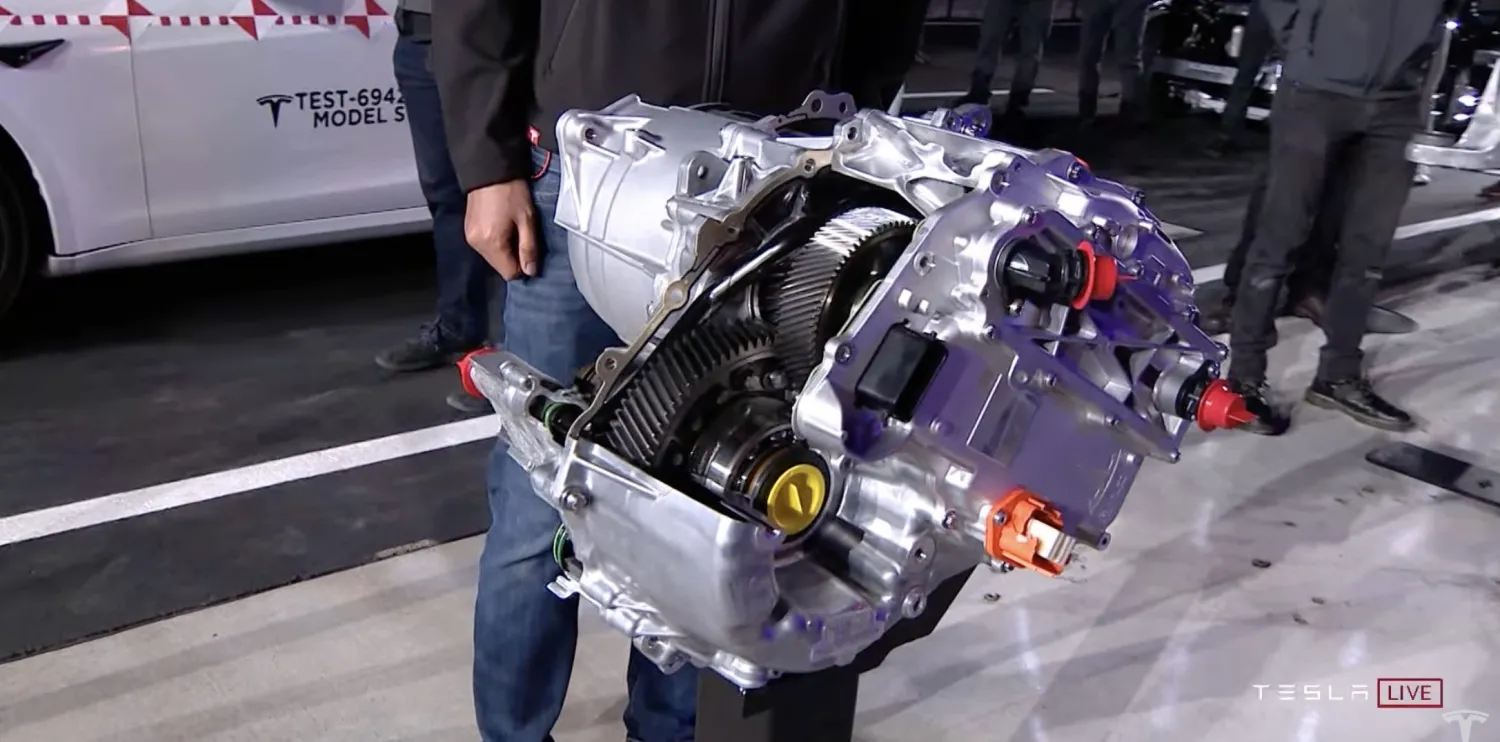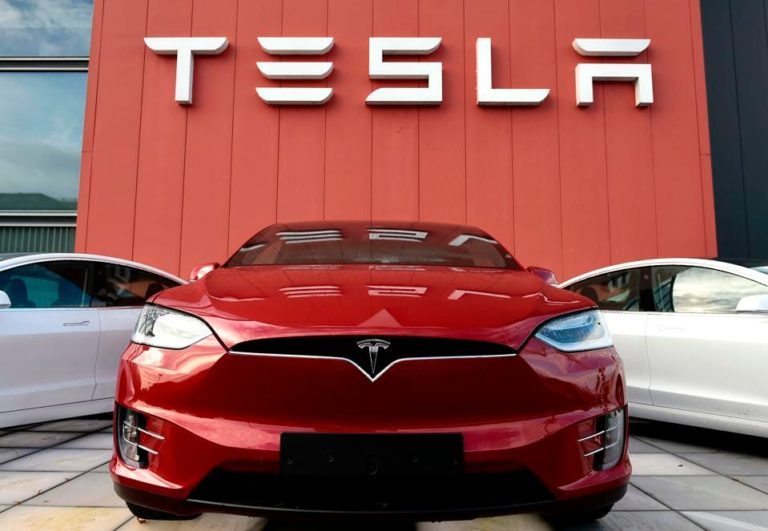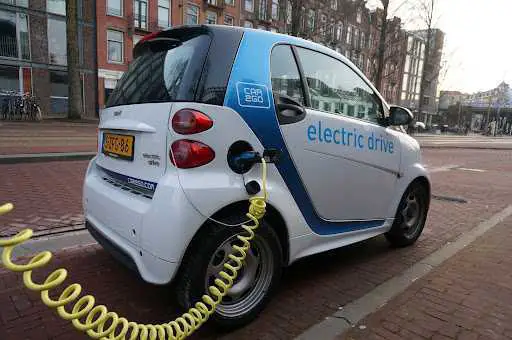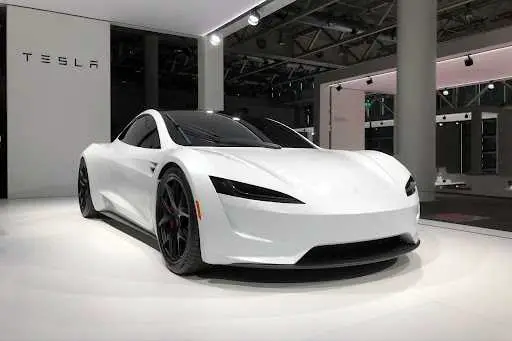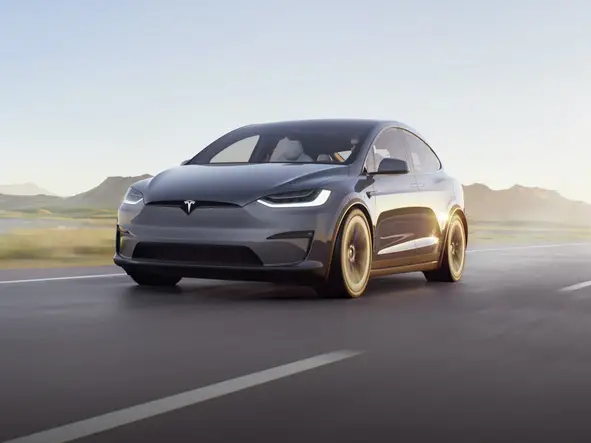How Big Is A Tesla Electric Motor?
Depending on where you stand, you either love or hate Teslas. If you are an ardent petrol head, you may resent the new(ish) kid on the block; not only does it go against every grain of a good old V8-loving boy’s skin, but the top of the range Tesla S Plaid out accelerates every standard American Muscle Car.
Tesla does not use the same type of electric motor in each vehicle because different engines have different strengths. The model 3 DC brushless drive produces less heat and is lighter, whereas the alternating current (AC) induction motor in the Model S is more efficient and powerful.
Tesla uses two different types of electric motors in their cars. The AC induction motor is selected for the Model S and Roadster produces tremendous bursts of acceleration and performance. The DC brushless motor used in the other Teslas is more efficient, smaller, and lighter than the AC induction unit.
Table of Contents
- The Different Sizes of Tesla Motors
- How Big are The Different Tesla Motors?
- Why is the Size of Tesla Electric Motors Important?
- How Does the Tesla Motor Impact Acceleration?
- Conclusion
The Different Sizes of Tesla Motors
Tesla uses different motor technologies in the Model 3, S, Y, and X series. Soon to be joined by the Tesla Cybertruck.
We won’t produce a long and possibly confusing, academic explanation of how the AC induction motor and DC brushless motors compare but the following highlights some differences.
AC Induction motors produce a constant acceleration up to certain speeds and then fall away rapidly; this is evident in the Tesla Model S, which has the “Ludicrous” speed setting.
While the DC brushless motor used in the rest of the Tesla offerings is more efficient, smaller, and lighter than the AC induction unit, the advantages of each type of Tesla engine are listed below.
The Advantages of Tesla AC Motors Include
The AC Motors installed in the Tesla Model S and Roadster have advantages.
- They’re cheaper to build.
- They produce more acceleration.
- They are more durable and can be used for lengthier and tougher trips.
- Because they have fewer moving parts, they have more durability and longevity.
Advantages of Tesla DC Motors Include
The DC motors powering the other Tesla models have the following advantages.
- Lower weight
- High power-to-weight ratio
- Nearly instantaneous control of speed (rpm)
- Essentially instant control of torque
- Greater efficiency
- Low maintenance requirements
- Faster response times for start/stop and acceleration
How Big are The Different Tesla Motors?
From the ubiquitous Tesla Model 3 to the Ludicrously fast Tesla Model S, each Tesla is aimed at a different market segment.
The different model Teslas has varying power units, but they also have batteries of different sizes and varying numbers of motors.
The following table summarizes the different motor specifications of each model in the Tesla range.
| KW’s | HP | Battery Size | Range Miles | 0-60mph acceleration | Drive | |
| Model 3 Standard Range | 211 kW | 283 hp | 62.3 kWh | 305 miles (491km) | 5.8 seconds | 1 motor 2 wheels |
| Model 3 Long Range AWD | 258 kW | 346 hp | 82 kWh | 348 miles (560 km) | 4.6 seconds | 2 motors4 wheels |
| Model 3 Long Range AWD Performance | 340 kW | 450 hp | 82 kWh | 352 miles (567 km) | 3.7 seconds | 2 motors 4 wheels |
| Tesla Model S Performance | 375 kW | 670 hp | 98 kWh | 405 miles(651 km) | 3.1 seconds | 2 motors 4 wheels |
| Tesla Model S Plaid | 760 kW | 1020 hp | 99.3 kWh | 396 miles(637 km) | 1.9 seconds | 2 motors 4 wheels |
| Tesla Model Y | 286 kW | 384 hp | 75.0 kWh | 330 miles(531 km) | 5.0 seconds | 2 motors 4 wheels |
| Tesla Model X | 500 kW | 670 hp | 100 kWh | 325 miles (523 km) | 3.8 seconds | 2 motors 4 wheels |
Why is the Size of Tesla Electric Motors Important?
With conventional Internal Combustion powered cars, a quick check of the horsepower, torque, and fuel economy numbers will give a relatively accurate overview of the type of performance you can expect from the car.
Electric cars are no different. There must be a way to compare the electric vehicle’s performance against other cars of type and compare them to conventional vehicles.
Unless you are interested in the underlying mechanics of an EV, the only metric that is truly important is the number of watts the electric motor produces.
Named for James Watt, who, interestingly, also coined the term “horsepower,” the watt is a measure of energy produced over time.
You can precisely convert to horsepower the same way you can convert liters into gallons, where 1 liter equals 0.227 gallons.
One horsepower equals 745.7 watts; this means that by producing 760 kW (760,000 watts), the Horsepower the Tesla S Plaid produces is 1020HP.
The result is that we can now compare the ower produced by Teslas against conventional vehicles.
A great example is that the American Muscle Car, Dodge Charger SRT, which tops the horsepower scale at 717 horsepower, produces 300HP less than the Tesla Model S.
Added to that, in its heaviest iteration, the Tesla Model S weighs 490 lbs less than the Charger SRT, making the difference in acceleration times of both vehicles more understandable (Tesla 0- 60 1.99 seconds, and the SRT time 3.6-seconds).
There are other reasons for the better acceleration times related to the power delivery characteristics of Electric Vehicles; however, the comparison does stand.
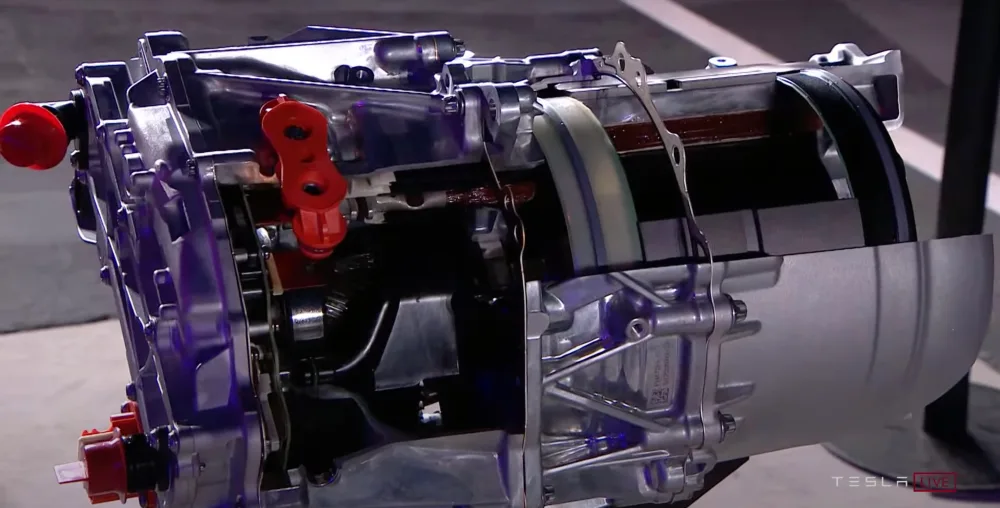
How Does the Tesla Motor Impact Acceleration?
Every one of the Tesla models accelerates their natural internal combustion competitor.
Although the power produced by Tesla motors is impressive, to achieve industry-leading acceleration, the vehicles need to be backed up by leading-edge battery technology and antiskid traction control systems.
The amount of power a Tesla engine produces is directly proportional to the ability of the battery to provide sufficient current.
Tesla is the world leader in battery technology and has a significant head start over manufacturers who are only beginning to develop their capabilities.
The measure of battery density is the critical measurement of the speed at which a battery can deliver current to the engine. The higher the battery density, the faster it can provide the current.
The next most important factor is the ability of the vehicle to transfer the rotational force of the wheels to the road. If the drive wheels start to spin uncontrollably, generating billowing clouds of smoke, the car will go nowhere very fast.
Although conventional vehicles do have traction control capability, the responses from the Tesla system are instantaneous, and the power can is switched on and off to individual wheels instantaneously. In contrast, conventional cars have some lag.
The benefit of the Tesla system is that power can be cut instantly, and the microsecond when the slipping stops, it reapplies the power.
It means the optimum traction is delivered to the wheels, and the impressive 0-60 mph times are the result.
Conclusion
The motors fitted to Tesla’s produce much more power than the equivalent conventionally powered vehicles. The results are impressive when combined with state-of-the-art batteries and traction control systems.
Rolls Royce engineers would never divulge the power of their engines, and instead, they would say that the engine power was “sufficient.” The same applies to Teslas. It’s perhaps an understatement, but let’s say that Tesla Electric Motors are big enough for this article.
Amazon and the Amazon logo are trademarks of Amazon.com, Inc, or its affiliates.

